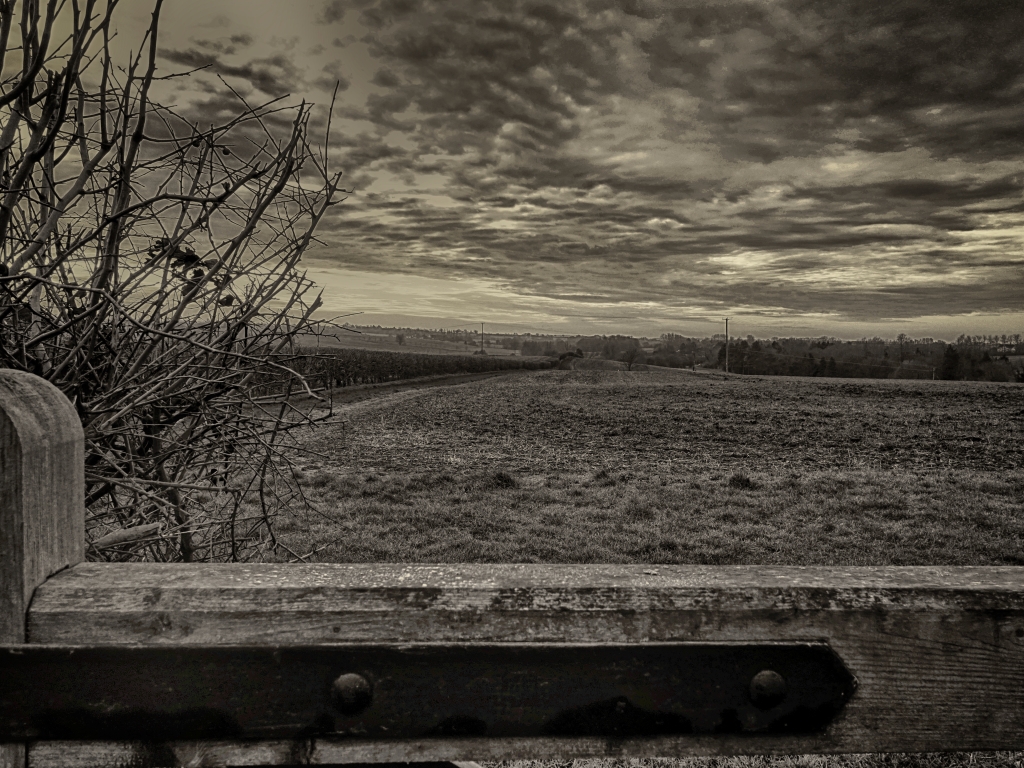Thaxted located in Essex was recorded in the Domesday Book as a well-established and prosperous community by the end of the Saxon period. A market was granted to the town in 1205.
12 members of our U3A Strollers group had a very interesting walk though The village last Tuesday.

Thaxted.
There was a rapid expansion in the town in the 14th C as from the 13th century it had become a centre for a cutlery industry. A large number of the population were employed in the cutlery trade. Quite why Thaxted was chosen is not known, although it is known that cheap rents were charged by the landowners. The industry appears to have died out by the sixteenth century.
We started the walk at the Margaret Street free car park and walked through the small garden to cross the road to Thaxted church.


Thaxted church
The building began in 1340 and it was completed in 1510. There is much ancient stained glass in the church. The oldest is a picture of a knight in the South Transept and dated about 1341. It is reputed to be Edmund, Earl of March, who owned a part of the Manor at that time. The chancel and Becket chapel east windows date from 1900 and are by C.E.Kempe, a noted Victorian glazier.

Thaxted’s most famous (or infamous) vicar was ‘Red’ Conrad Noel, who served from 1910-1942. Noel was controversial for his leftist views, and controversy seemed to follow his every action. He once hung a socialist red flag beside a Sinn Fein banner and the Cross of St George inside the church, thus launching a ‘Battle of the Flags’, which eventually resulted in the church authorities ordering the flags removed. Noel also purchased The Chantry almshouse for the church, and helped found the Thaxted Morris Men.


John Webb’s windmill
We then walked down the lane next to the church to the windmill.
John Webb’s Mill or Lowe’s Mill was built in 1804 for John Webb, a local farmer and landowner. The windmill was constructed to satisfy the demand for flour locally and in London. It was constructed using local materials, with timber from two local farms and the bricks were made at a nearby location in the Chelmer Valley.
The mill was worked by millers named Lowe or John Webb, thus gaining its names. The mill was last worked commercially in 1910 and was disused for over twenty years until the Thaxted Civic Trust carried out essential repairs and made the structure waterproof.


From the windmill we walked down Fishmarket Street and down to the Guildhall.

This timber-framed building was probably more accurately a Moot Hall, or civic meeting place, and not a guild hall. However, it has been known as the Guildhall for centuries. Built around 1450, it was for a long time thought that it housed a Cutlers Guild, as cutlers were the most prosperous merchants in Thaxted. However, there no evidence that such a guild existed, though it seems likely that wealthy cutlery merchants contributed to its building.
Gustav Holst

In 1917 Gustav Holst and his family moved into Thaxted to live in “The Steps” now called “The Manse” in Town Street. A blue plaque is beside the front door. In those days it was a quiet place to work. Holst wrote several pieces specially for Thaxted including “Tomorrow shall be my dancing day.”


From here we walked back up Town street to the area where we started which called the Bullring as it’s where the farmers used to bring their cattle on market day. Continuing up Newbiggen Street there were some old cottages of some interest. Many of the cottages here have examples of Essex pargetting, believed to have been introduced to England in the sixteenth century by Henry VIII who imported Italian plasterers to decorate Nonsuch Palace. The craft was referred to as ‘stucco’ in Italy, but became known as ‘pargeting’ in England. Initially, patterns were stamped or scratched into the surface of wet plaster, but the most skilled pargeters came to create their own designs which they then modelled directly onto the wall using their fingers and a spatula to create designs in high relief.
Returning back along Newbiggen Street with a view of the windmill in the distance over the top of the houses we returned to the car park and the end of our walk.
